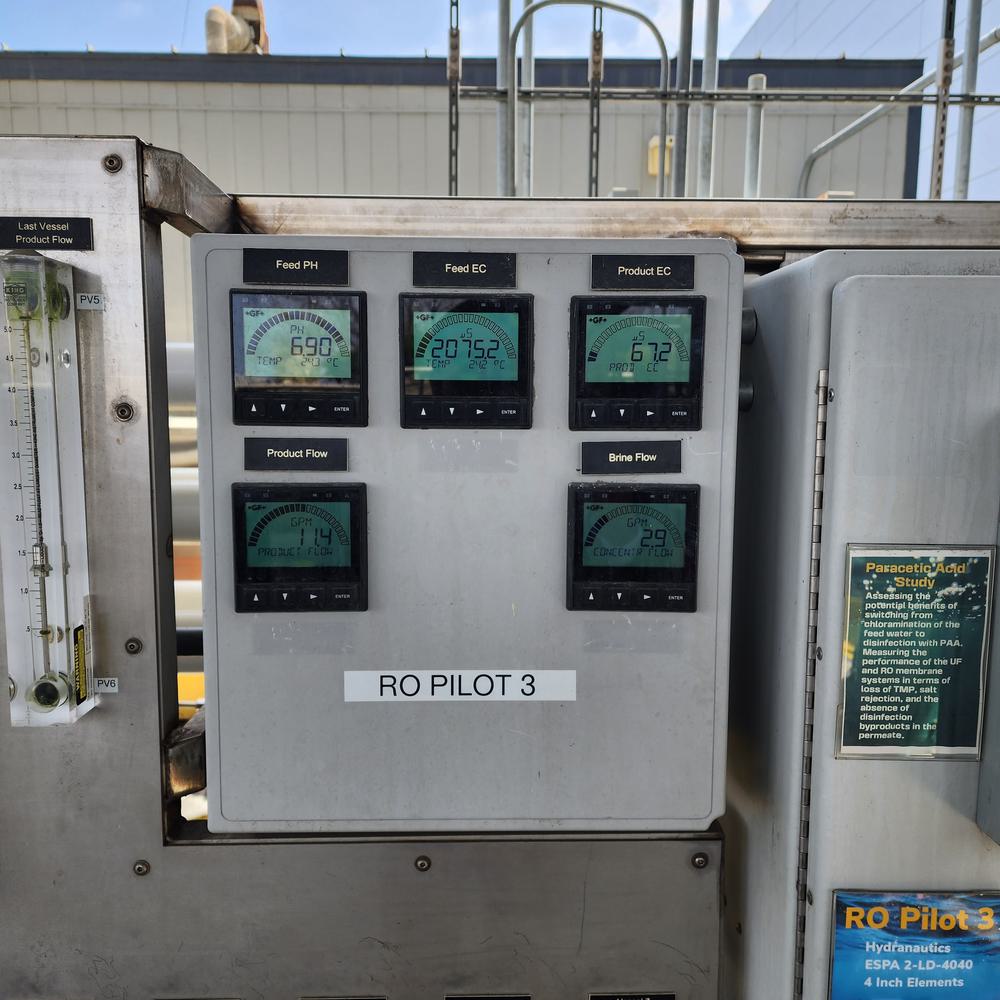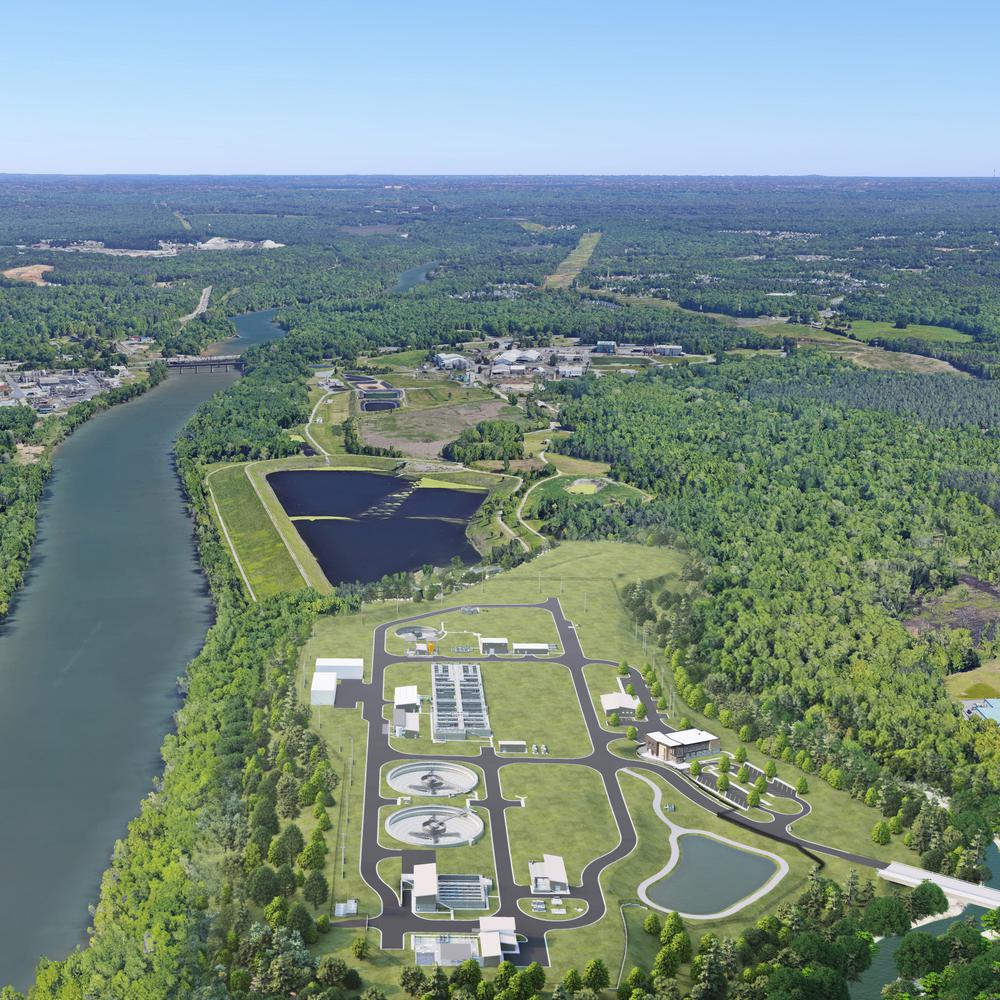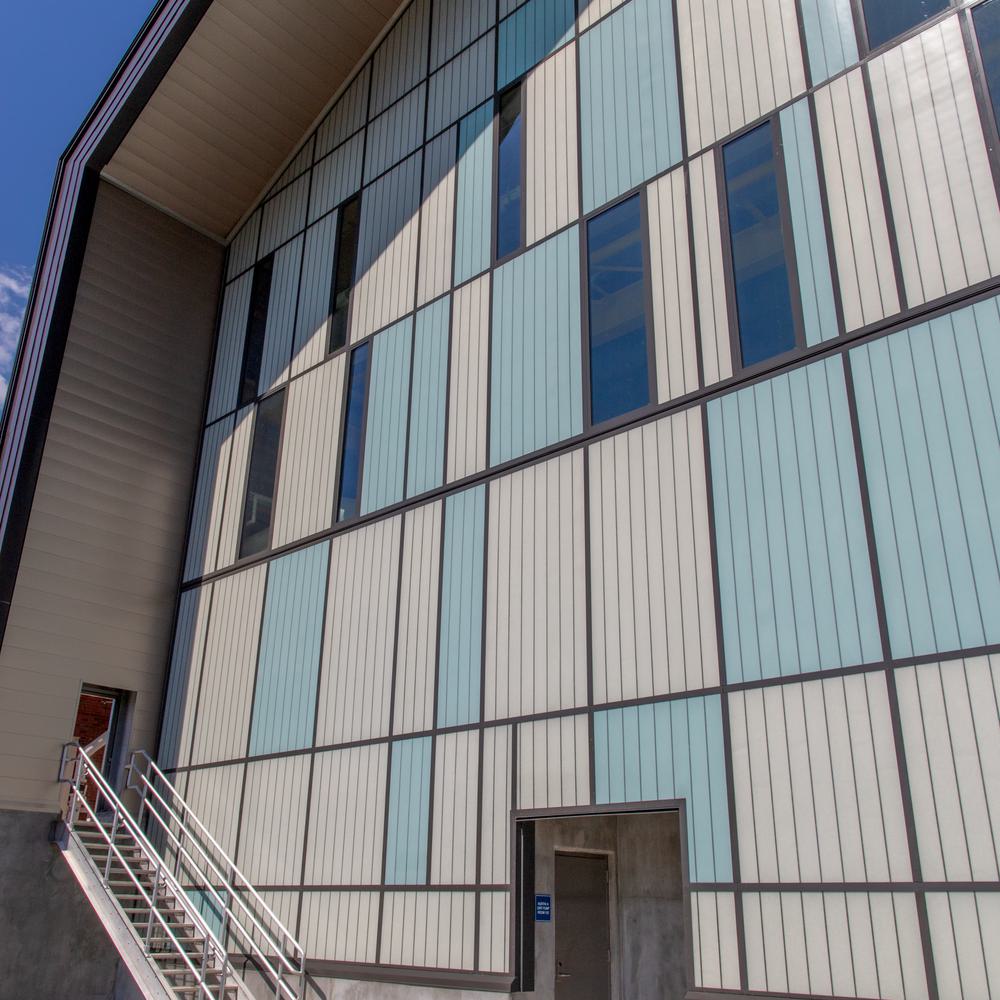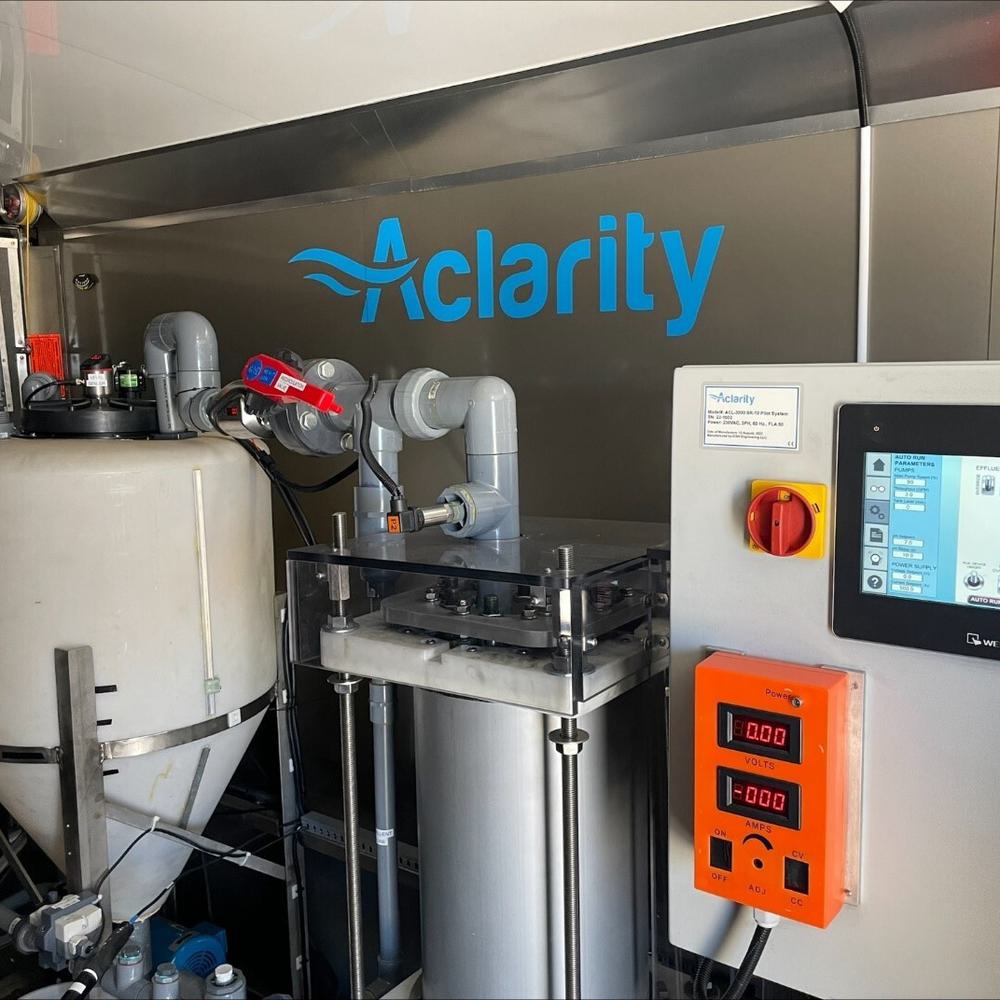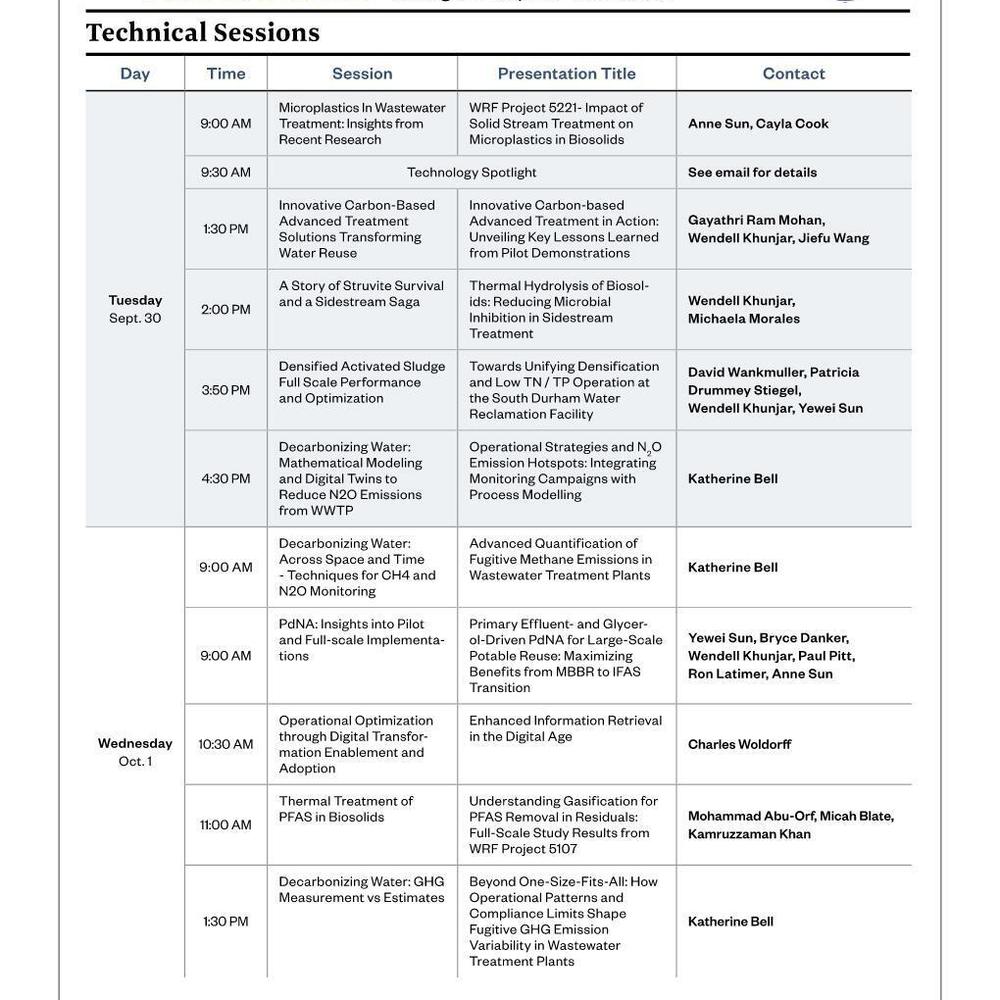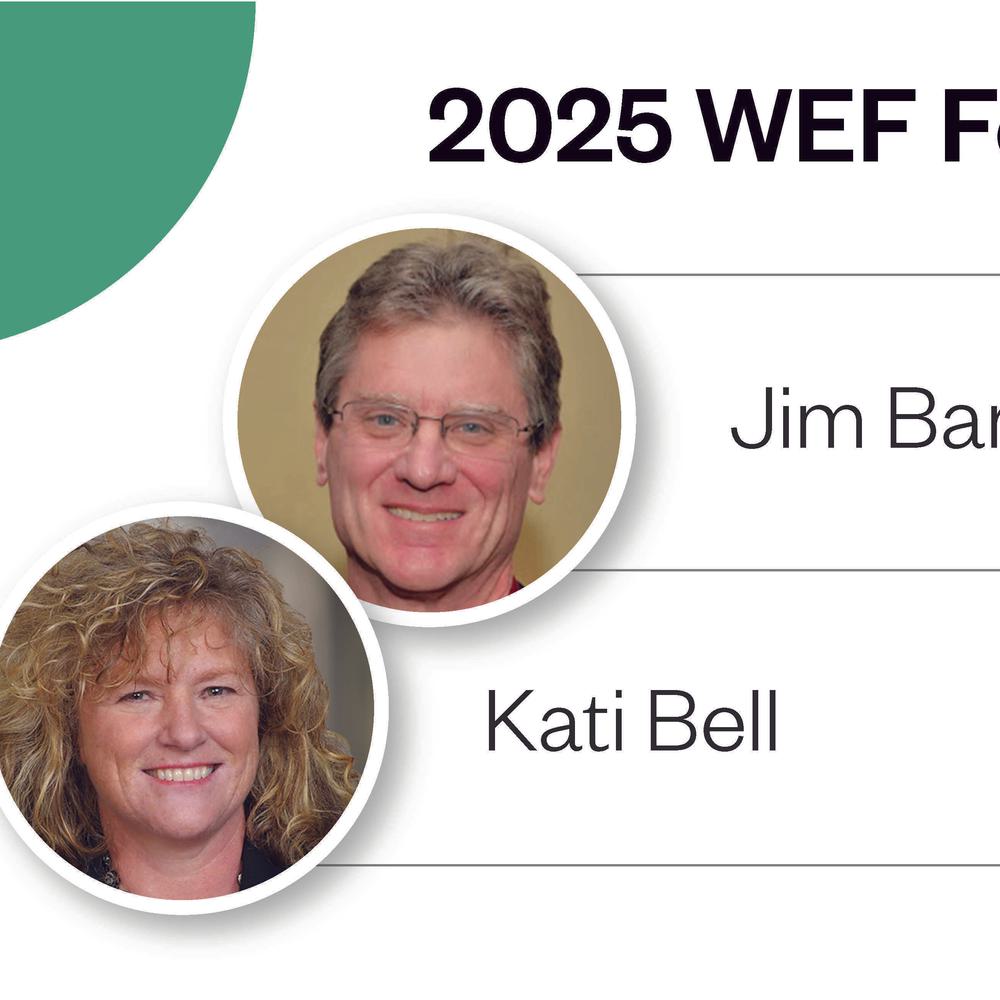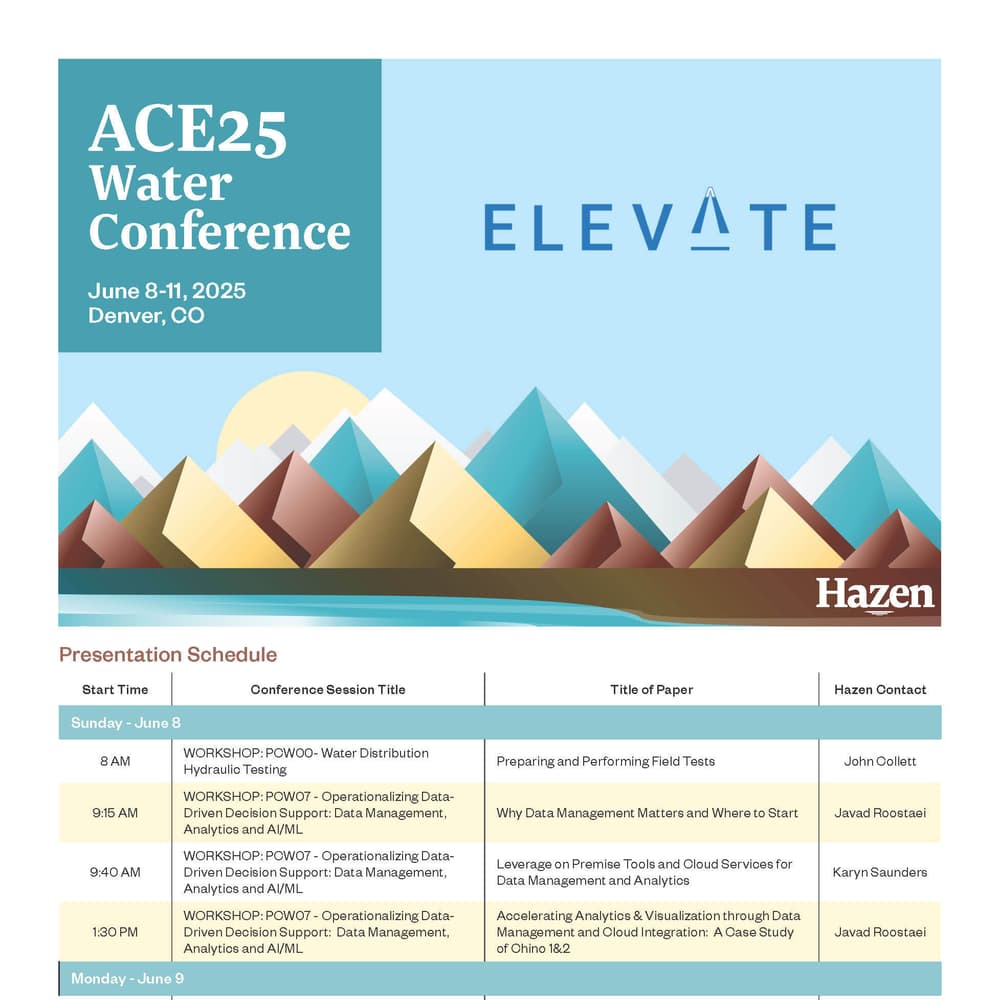Lead and Copper Rule Improvements

Becki Rosenfeldt, corrosion control expert, assists utilities with Lead and Copper Rule (LCR) compliance, corrosion control treatment optimization, and locating and replacing lead services lines.
Since its promulgation in 1991, the Lead and Copper Rule has required the evaluation and implementation of optimal corrosion control only after a lead action level exceedance. Increased understanding of lead's health impacts and growing public awareness have driven a fundamental shift toward prevention and proactive management. As a result, federal regulations have undergone dramatic revisions that fundamentally change how utilities monitor, manage, and optimize lead and copper protections in drinking water, leading to the development of the Lead and Copper Rule Improvements (LCRI).
Understanding LCRI
With the complexity of LCRI, utilities need trusted, professional guidance to coordinate across multiple departments, navigate compliance requirements, and engage diverse stakeholders effectively. Hazen provides utilities with a clear roadmap to LCRI compliance, ensuring efficient implementation frameworks and actionable strategies.
Regulatory Requirements
LCRI consist of stringent regulatory requirements that encompass:
- Service line inventory management – Ongoing maintenance and updates to service line material inventories
- Mandatory lead service line replacement rates – Utilities must replace all lead service lines within a specific timeframe
- Corrosion control optimization
- Improved sampling protocols – More rigorous sampling requirements to accurately capture lead exposure, including targeted plans for schools and licensed childcare facilities
- Enhanced public education – Comprehensive notification requirements based on different scenarios (disturbances, replacements, action level exceedances)
Hazen helped 117 utilities reach LCRR compliance in 2024, developing 542 inventories, and reaching 140 million people.
Successful Framework
A robust LCRI program consists of the following:
Service Line Inventories
Multi-faceted approach integrating existing database frameworks with sequentially implemented investigation efforts using advanced GIS tools and XRF technology for accurate material identification.
Service Line Replacement Plans
Customized action plans, including customer outreach strategies, funding solutions, and streamlined protocols for efficient lead and GRR service line replacement efforts.
Corrosion Control Optimization
Holistic “source-to-tap” approach focusing on minimizing lead and copper release while enhancing overall distribution system water quality and regulatory compliance.
Compliance Sampling Procedures
Critical protocols for accurately capturing particulate lead, especially following a service line replacement, with proper sampling procedures to quantify replacement benefits and mitigate post-replacement spikes. GIS tools and dashboards for data management and tracking.
Data Management
Developing customized GIS tools and dashboards for data management and tracking.
Communications and Outreach
Drafting required customer notifications and public education materials as well recommended outreach tailored for specific target audiences to facilitate compliance.
Hazen’s comprehensive approach addresses the multifaceted requirements of LCRI, empowering utilities to build robust frameworks for long-term compliance, operational efficiency, and gaining public trust. From initial inventory development to full-scale replacement programs, we provide the expertise and tools necessary for compliance.
Have Questions?
Our team of experts is here to provide the guidance and expertise you need. Contact us today at LCRI@hazenandsawyer.com to start the conversation and someone from our LCRI team will get back to you within one business day.




